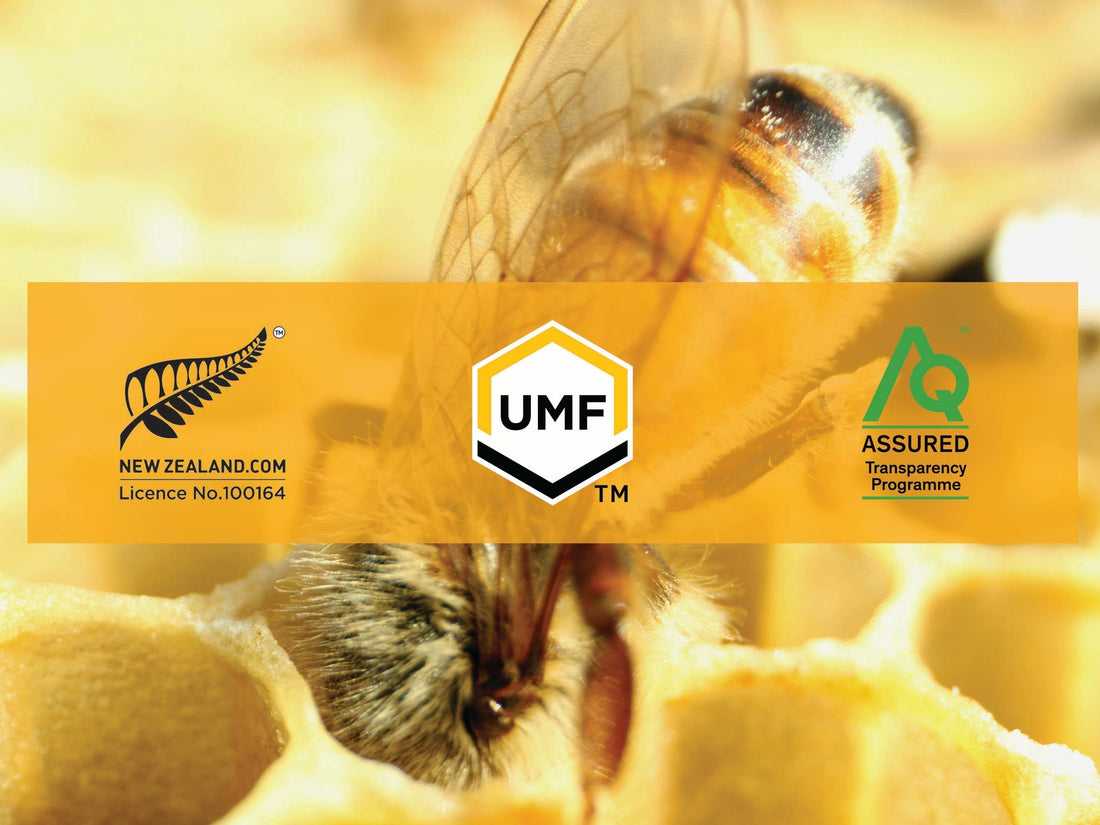
Understanding UMF Ratings on Mānuka Honey
At Tai Tokerau Honey, we are accredited members of the Unique Mānuka Factor (UMF™) Honey Association (UMFHA). All our UMF rated Mānuka Honey is monofloral.
The UMFHA has been at the forefront of almost three decades of world-leading research to understand the benefits and quality management of Mānuka honey.
They have identified 2,300+ natural compounds in New Zealand Mānuka honey that contribute to its unique taste, texture and support of health & wellness – and make it the best honey in the world.
To produce Mānuka honey that can be certified as the world’s finest quality, New Zealand’s honey producers have to adhere to a unique quality system. The UMFHA are the keepers of that system. You can check out their website here for more information.
No other honey undergoes such rigorous testing, by a bee-keeper’s country mile
The UMF™ system builds on the New Zealand government’s Mānuka honey identification tests by ensuring certainty around purity, potency, authenticity and freshness – making the UMF™ rating the only option for anyone seeking independent assurance that their Mānuka honey purchase will support their health and wellness.
What does the UMF mean on your honey's label?
Here are a few things to check when buying Mānuka Honey.
1. Look for the UMF™, this rating system means you can be reassured you are purchasing a quality product. The UMF range starts at a UMF 5+, and can be seen up to UMF 30+. The higher the number, the better the quality.
2. If you can't find UMF rated honey, MGO is another safe alternative, but be aware that the numbers measure different things! So while the higher the number is still better, for example, a UMF 5+ is the equivalent of a MGO 83+

3. Look for information that indicates the honey is produced and packaged in New Zealand.
Generally, there will be a "produced by" address, if this is not in New Zealand, and the label has something like "Made with New Zealand Honey", it is highly likely that the honey has been exported from New Zealand in bulk, and packed in another facility. This can open up opportunities for the honey to be mixed with other things, and you may not be receiving a pure honey product!
